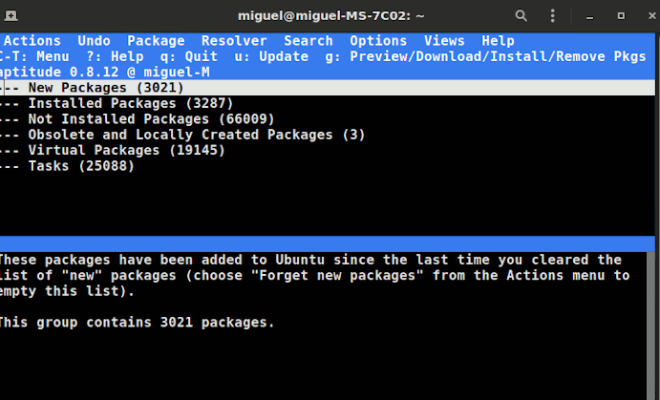How to Mitigate Cognitive Load in Online Learning

The job of an instructional designer is not just about creating content. It’s about designing your content to meet the needs of your learners, so they can follow the process and retain the information they learn in your class.
The human brain has a limited amount of space, and we all have different learning capacities. Cognitive load is the amount of mental exertion needed by your brain to complete a task. So, for you to create an ideal online learning environment, it’s best to contemplate reducing cognitive load.
Here are five tips for reducing cognitive load in online learning:
1. Using chunking
One crucial decision that you must make when creating your online learning class is its duration. Most instructional designers believe that each course should be the same length; most often, the content defines the duration. While trying to lessen the length of a class, some professionals cram too much content into a class when they should be reducing the amount of content.
To lessen the cognitive load, I advise you to select a particular duration of time. The popular consensus is that every 20 minutes of attention people give tasks requires a mental break. Learners tend to lose interest in a class if it is too lengthy. To avoid that, break your content into smaller chunks. To have an engaging learning process, you need to have well placed and breaks in your content.
2. Consider using infographics
A vital tip for reducing cognitive load in online learning is to utilize infographics. A picture is worth a thousand words. So, introducing meaningful infographics in your class can help reduce lengthy content. With relevant infographics, people can get the information you’re teaching with ease.
Infographics are excellent for explaining process flow and statistics. For instance, instead of doing a lengthy narrative to explain a process, you can utilize colorful infographics to explain the process.
3. Your design should be intuitive
Another online learning creation a tip for reducing cognitive load is to create an intuitive user interface. For your learners to find your designs intuitive, you need to give them what they expect. Remember, it will take some time to understand how your interface works; to avoid making the discovery too involved, create a simple, easy to navigate user interface.
For an L&D professional, maximize the time users spend on your class by designing a user-friendly interface. Instructional designers who have difficulty designing interfaces may want to use predefined templates. Also, contemplate using automated online learning authoring tools to create online learning classes. The automated system would help you select the right templates and interfaces based on user history and proven learning reports.
4. Be practical
One of the essential parts of creating an online learning class is to make it easy to maintain. If you create practical lessons for your learners, they get to practice what they learn and apply them to real-world tasks.
It is not hard to lessen cognitive load if you apply practical methods in your online learning creation. Through practice, learners can make critical decisions and apply what they learn to complete the task. That will help them retain what they learn in your class for a long time.
Use interactive activities and gamification to create an environment for practice. Creative use of images, activities, and quizzes is one of the best ways to make online learning classes engaging and interesting.
5. Your writing should be clear and concise
Your writing style has a central role to play in your online learning class. When you write concise content, your learners can more readily understand what you are teaching. Don’t use words that are not relevant to the topic of discussion. Creating links can help your learners to understand the key points you want them to know.
Concluding thoughts
In summary, use these online learning development tips to reduce cognitive load in your online learning course. Do you have any additional tips, techniques, or strategies that you would like to share with our readers? If so, leave them in the comment section below.






